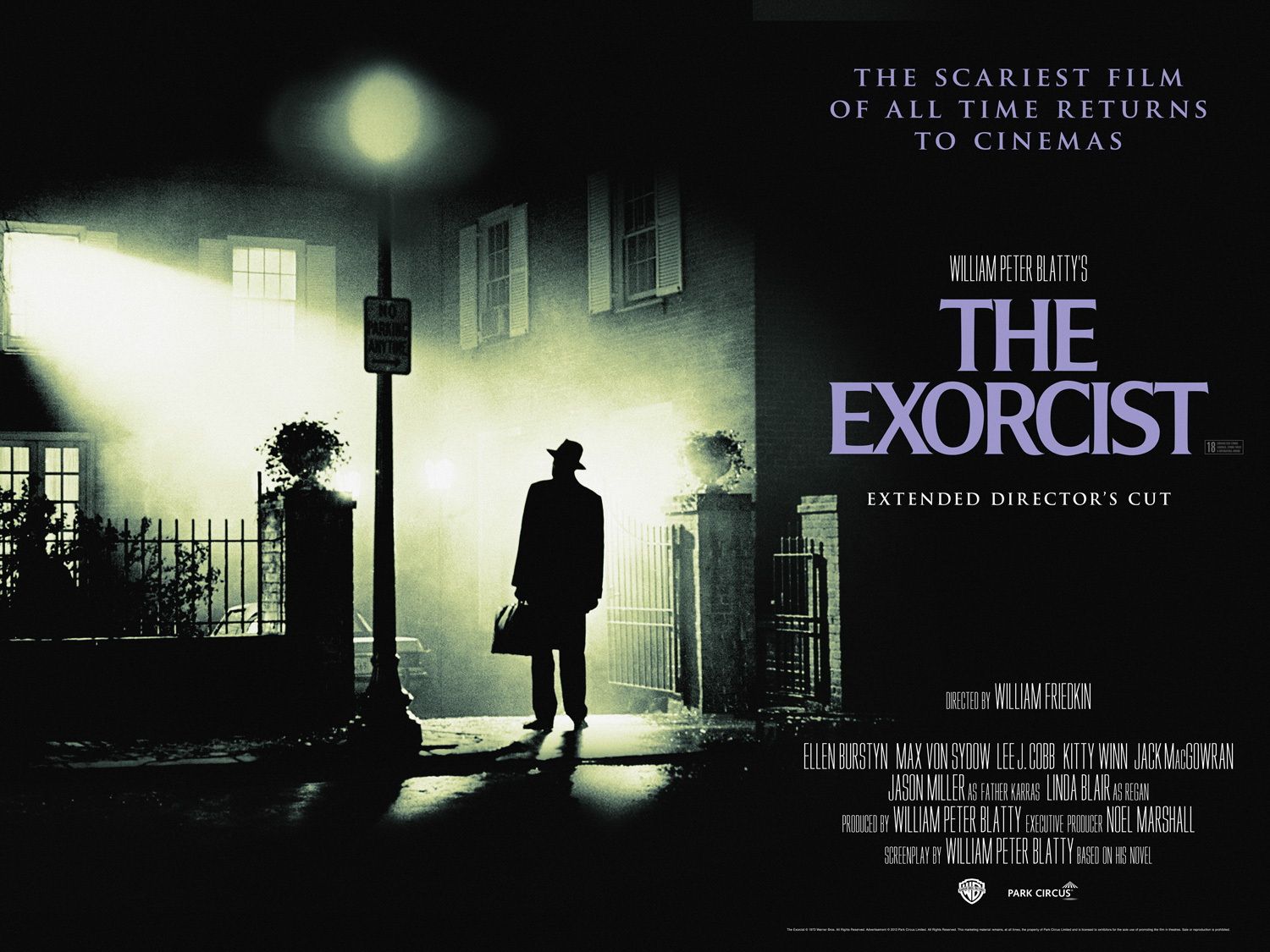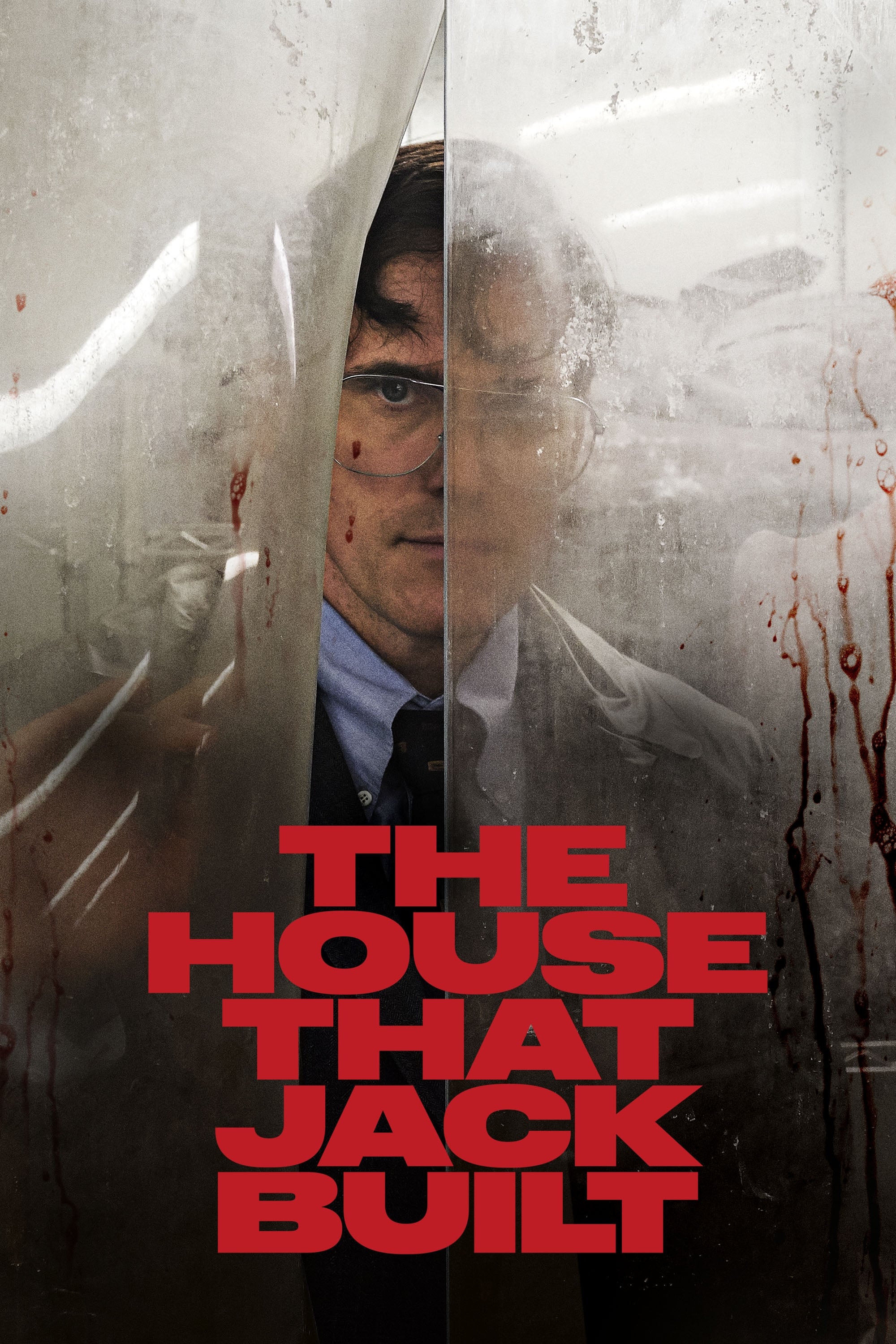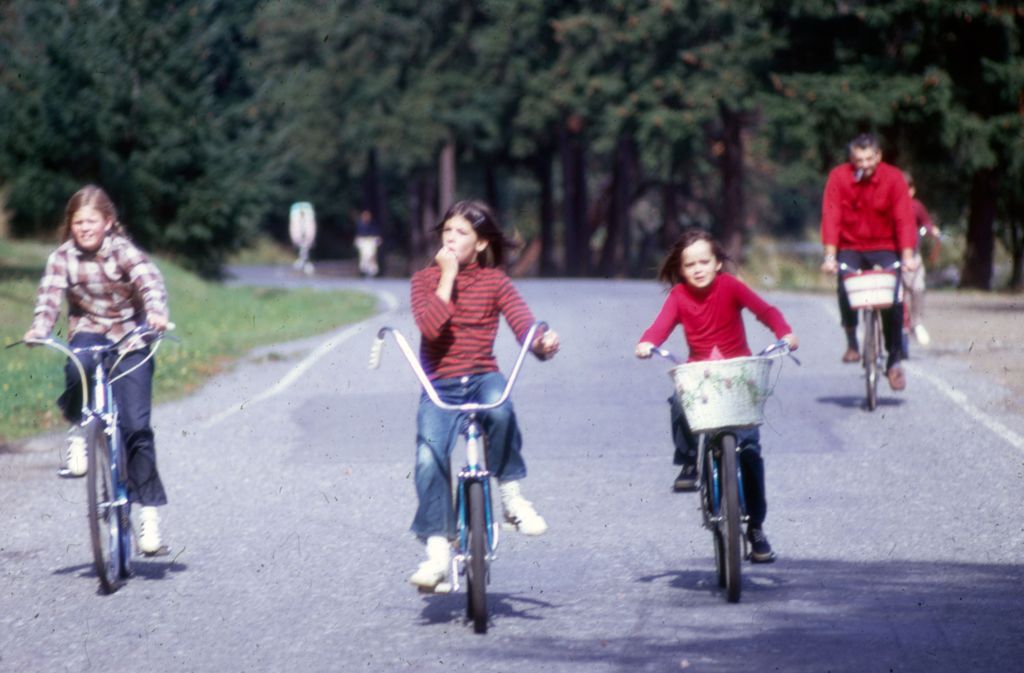
There’s a certain ritual to visiting the cinema, isn’t there? The hushed anticipation as the lights dim, the intoxicating aroma of popcorn, the collective gasp or cheer that sweeps through the audience. We settle in, ready to be transported, to laugh, to cry, to be utterly thrilled. But what happens when that magic spell breaks, not just for one or two disgruntled viewers, but for a significant portion of the audience who decide, collectively or individually, that they’ve had enough? It turns out, that’s a surprisingly common phenomenon.
Indeed, while some films achieve legendary status for their groundbreaking narratives or stunning visuals, another, more dubious kind of legend exists: movies so impactful, so unsettling, or, dare we say, so utterly unwatchable, that they literally drive people from their seats. These aren’t just films that received bad reviews; these are cinematic experiences that provoked strong enough reactions to make viewers physically exit the theater, sometimes even before the credits rolled, abandoning their tickets and their evening plans.
From visceral horror that triggered medical emergencies to controversial themes that sparked outrage, and even simple narrative choices that induced profound nausea, the reasons for these dramatic departures are as varied and fascinating as the films themselves. Join us as we pull back the curtain on some of the most notorious examples, exploring the tales behind the walkouts and what made these movies simply too much for their audiences. Prepare yourself for a journey through cinematic history’s most compelling exits!

1. **The Exorcist (1973)**It’s hard to imagine a horror film having more impact than William Friedkin’s ‘The Exorcist.’ This iconic movie, which somehow managed to snag a Best Picture nomination, didn’t just scare audiences; it fundamentally traumatized them. Upon its release, the film unleashed a wave of terror so profound that it left viewers in a state of utter panic and distress.
Reports from its initial screenings were legendary. It was not uncommon to see empty seats during the movie as audience members would frantically run outside the theaters, desperate for an escape from the relentless psychological assault. The sheer intensity of the demonic possession and the explicit imagery proved too much for countless moviegoers.
Beyond the general fright, many Christians also chose to leave the screenings due to strong religious motives, finding the portrayal deeply unsettling or blasphemous. The film tapped into primal fears and spiritual anxieties, causing a wide array of discomforts for different segments of the audience.
The public reaction was so extreme in the United Kingdom that the number of people becoming traumatized upon viewing ‘The Exorcist’ grew to such a colossal extent that ambulances from St. John’s Ambulance Brigade were actually parked outside the cinemas. They were there specifically to medically aid terrified viewers, a testament to the film’s unparalleled ability to inflict mental trauma.
Read more about: 14 Iconic ’70s Actors Who Were Totally Robbed of an Oscar (Seriously, How?!)

2. **Freaks (1932)**Long before modern horror relied on CGI and jump scares, Tod Browning’s ‘Freaks’ delivered a terrifying punch that sent audiences reeling in 1932. This early Hollywood gem stirred up immense controversy, not just for its subject matter, but for its groundbreaking and deeply unsettling casting choices. The movie literally starred real-life circus performers, including a bearded woman, conjoined twins, a legless man, an armless woman, dwarves, and other individuals considered “abnormal” at the time.
While such aspects might seem tame by today’s standards, or even a nuanced attempt at representation, the very sight of watching deformed people on screen sent shock waves through audiences of the early 20th century. It was a visceral, unsettling experience that challenged societal norms and comfort levels in ways that were then unimaginable. The film’s portrayal was so disquieting that it was reportedly banned in the United Kingdom for a staggering 30 years.
The audience reaction was devastatingly severe. In addition to the massive walkouts, the film has a dark legend associated with it: one unfortunate woman reportedly suffered a miscarriage upon seeing ‘Freaks’ and subsequently threatened to sue MGM. This incident, whether entirely factual or a powerful urban legend, speaks volumes about the profound physiological and psychological impact the movie had.
Director Tod Browning, who had previously helmed ‘Dracula,’ intended ‘Freaks’ as an attempt to showcase that appearance is not a reflection of a person’s character. However, his noble message utterly backfired, proving too provocative for its time and effectively killing the director’s career, leaving behind a legacy of controversy rather than understanding.
3. **A Clockwork Orange (1971)**Stanley Kubrick, a master of cinematic provocation, delivered one of his finest and most controversial works with ‘A Clockwork Orange.’ This influential film, based on Anthony Burgess’s novel, immediately found itself drenched in an ocean of controversy due to its bold and uncompromising depiction of societal decay and the limits of free will. It was a cultural hand grenade, and audiences were directly in its blast radius.
Moviegoers were particularly offended by scenes that graphically depicted rape, murder, and other extreme acts of violence, alongside nudity and the disturbing Ludovico Technique, a form of aversion therapy. These elements weren’t just unsettling; they were designed to challenge, confront, and force audiences to grapple with uncomfortable truths about human nature and societal control.
As the film progressed through its bleak and often brutal narrative, audiences steadily walked out of the cinemas, unable or unwilling to endure the relentless barrage of provocative imagery and philosophical questioning. Kubrick didn’t shy away from discomfort, and his viewers often couldn’t stomach it.
To make matters worse, the film was controversially linked to inspiring several violent crimes across England. This led to an unprecedented public outcry, and eventually, the movie was pulled from theaters at Kubrick’s own request. Its impact, both on viewers’ stomachs and on public discourse, remains one of cinema’s most potent cautionary tales.
Read more about: Beyond Blockbusters: 10 Visionary Directors Who Redefined Cinema in the 1970s, And Whose Films Still Captivate Audiences Today.
4. **127 Hours (2010)**Sometimes, the most horrific scenes are born from true events, and ‘127 Hours’ is a stark reminder of that. The incredible, yet utterly grueling, true story of mountaineer Aron Ralston is most certainly not for the faint of heart, as many cinema-goers discovered the hard way. James Franco delivers a compelling performance as Ralston, whose solo hiking trip turns into a terrifying fight for survival.
While hiking in Blue John Canyon, Ralston slips inside a canyon slot, and a giant boulder tragically traps his right hand and wrist against the unforgiving surface. What follows is a desperate struggle against time, dehydration, and the crushing weight of his predicament, all leading to a pivotal, visceral moment.
After remaining stuck for six days, facing certain death, Aron makes a giant, horrifying leap of faith: he amputates his own right forearm with a dull pocket knife to escape. The cinematic depiction of this bloody, agonizing scene proved to be too gruesome for a significant number of viewers, who simply couldn’t endure the visceral realism on screen.
Reports from screenings detailed extreme physical reactions within the audience. Many vomited, fainted, or even experienced seizures, overwhelmed by the intensity and graphic nature of the self-amputation. These intense physiological responses forced them to leave early, proving that sometimes, reality is far more horrifying than fiction, especially when depicted so unflinchingly.
Read more about: A Perilous Miscalculation: When Pirates Attacked the Unyielding Power of Warships and Faced Swift Defeat

5. **Cloverfield (2008)**’Cloverfield’ presented audiences with a novel and intense cinematic experience, but its unique filmmaking approach came with an unexpected side effect: widespread motion sickness. The movie, which brilliantly embraced the found-footage concept, thrust viewers directly into the chaos of a monster attack on Manhattan, as captured by a personal camcorder. This innovative style was designed to immerse, but for many, it simply nauseated.
To encapsulate a sense of hyperrealism and raw immediacy, the videos shown in the film were intentionally wobbly and shaky, mimicking the erratic movements of someone frantically filming during a disaster. While this heightened the tension and urgency for some, it proved to be a severe drawback for others.
Many audience members walked out of the cinemas because the rapid and shaky camera work caused them to feel nauseous and physically ill. The constant, jostling viewpoint was disorienting and induced symptoms akin to seasickness, turning what was meant to be an immersive thrill ride into an unbearable ordeal.
As a direct result of these widespread reactions, a few cinemas began taking unusual precautions. They started posting warning signs outside to alert the audience about ‘Cloverfield’ potentially causing motion sickness, a clear indication of how powerfully and negatively the film’s signature style impacted a substantial portion of its viewers.

6. **The House That Jack Built (2018)**Lars von Trier is a filmmaker known for pushing boundaries, and his 2018 offering, ‘The House That Jack Built,’ proved to be no exception. Revolving around a highly intelligent, yet utterly psychopathic, serial killer named Jack who committed several murders over a 12-year period, this film is certainly not your average horror movie. It delves deep into the psyche of a disturbed individual, turning the viewing experience into a profound and often disturbing psychological exploration.
The arthouse masterpiece magnificently succeeds in sending chills down the spines of the viewers, but its unflinching portrayal of violence and depravity proved too much for many. The film doesn’t just show Jack’s gruesome acts; it explores his disturbing philosophical musings, creating an uncomfortable blend of intellectual provocation and visceral horror.
The movie was so disturbing in its content and execution that during its premiere at the prestigious Cannes Film Festival, a staggering figure of more than 100 audience members walked out of the cinema. This mass exodus from a high-profile festival screening is a rare and powerful indicator of a film’s extreme and polarizing effect.
Yet, in a testament to von Trier’s divisive artistry, once the movie finally ended, it received a ten-minute standing ovation. This stark contrast between mass walkouts and prolonged applause perfectly encapsulates the film’s ability to profoundly disturb some viewers while deeply resonating with others, cementing its status as a truly challenging piece of cinema.
Read more about: DOROTHY’s Unyielding Spirit: Charting the American Rock Band’s Journey, Evolution, and Enduring Impact on Modern Music
7. **Reservoir Dogs (1992)**Quentin Tarantino’s directorial debut, ‘Reservoir Dogs,’ is now considered a cult classic, but its initial reception was a far cry from the legendary status it holds nowadays. This crime film, bursting with sharp dialogue and non-linear storytelling, was undeniably groundbreaking, yet it immediately established Tarantino’s knack for generating controversy and inspiring walkouts.
The movie’s iconic torture scene, featuring Michael Madsen’s character Mr. Blonde, was particularly in the eye of the controversial storm. This segment, known for its psychological cruelty and implied graphic violence, became the defining moment where many audience members decided they had seen enough and chose to leave the screening.
Tarantino himself was keenly aware of his film’s impact. He famously counted the number of people who would walk out of ‘Reservoir Dogs’ during its early festival runs, noting that the highest count he ever recorded was 33 during a screening. This personal tally highlights the film’s consistent ability to repel a portion of its audience.
The director even thought that the audience would be able to bear his movie when it was screened at Spain’s Sitges Horror Film Festival, a venue accustomed to extreme content. But he was mistaken. Five people still walked out, including none other than the pioneer of the horror genre, Wes Craven himself, a testament to the scene’s unparalleled ability to churn stomachs, even for the most seasoned connoisseurs of fright.
Beyond the Extreme: Seven More Films That Prompted Walkouts for Reasons Ranging from Heartbreaking Moments to Utter Boredom, Age-Inappropriateness, and Unexpected Narrative Choices that left audiences bewildered or simply fed up.
While some films achieve notoriety for their ability to shock and disturb, a different category of cinematic experiences prompts walkouts for entirely distinct reasons. These aren’t always about gore or jump scares; rather, they touch upon emotional resonance, narrative missteps, or simply being the wrong film for the wrong audience at the wrong time. From deeply moving tragedies to baffling narrative choices and even sheer boredom, these movies show that the reasons audiences decide to leave their seats are as varied as the films themselves. Let’s explore seven more instances where viewers decided enough was enough, for reasons that might just surprise you.
Read more about: Beyond the Tomatometer: An IGN Editor’s Definitive Ranking of All 10 Quentin Tarantino Movies

8. **The Lion King (1994)**It might seem utterly preposterous to include a beloved Disney animated classic like ‘The Lion King’ on a list of films that caused walkouts. This timeless tale of a young lion’s journey to reclaim his destiny is cherished by millions, renowned for its stunning animation, memorable songs, and heartfelt storytelling. Yet, even this seemingly innocent family film has a moment so devastatingly potent that it led to significant audience departures, particularly among its youngest viewers.
The catalyst for these emotional exits was, of course, the gut-wrenching scene depicting the death of Mufasa, Simba’s noble father, at the hands of his treacherous brother, Scar. This moment is a masterclass in cinematic tragedy, unfolding with intense emotional weight as Mufasa is trampled in a wildebeest stampede while his son helplessly watches. For many adults, it’s a poignant and formative experience, but for young, impressionable children, it was simply too much to bear.
Reports from its initial release, and even subsequent re-releases, consistently recounted scenes of crying children being escorted out of theater lobbies by their concerned parents. The sheer horror and heartbreak of Mufasa’s demise, combined with Simba’s grief, proved overwhelming for many underage audience members. It serves as a powerful reminder that even in animated features, profound emotional beats can elicit intense, real-world reactions, prompting parents to protect their little ones from such profound cinematic sorrow.
Read more about: 14 Child Actors Who Absolutely Stole the Show and Left Adults in Their Dust!

9. **Poor Things (2023)**Yorgos Lanthimos’s ‘Poor Things,’ an artistic and visually captivating film, received critical acclaim and numerous accolades. However, its unconventional narrative and explicit content made for an incredibly awkward and memorable walkout experience for some, highlighting how context is everything when choosing a film. This particular incident, shared by a user, underscores the perils of an innocent movie outing gone spectacularly wrong, especially during a festive occasion.
The issue arose when a mother, intending a pleasant Christmas Day movie experience with her daughter, unwittingly chose ‘Poor Things.’ While the film was artistically amazing and visually satisfying, it was punctuated by numerous sex scenes that proved deeply uncomfortable for the duo. The mother’s repeated apologies and visible discomfort, hiding in her sweater, painted a vivid picture of the generational and content clash unfolding in the cinema.
The situation escalated to a point where the mother, unable to endure more, made an excuse to go to the ‘bathroom.’ Her daughter followed, only to find her mother crying in the hallway, uttering the unforgettable line, “‘What mother takes her daughter to watch PORN on Christmas?!'” This hilarious yet mortifying experience led to an immediate departure, serving as a prime example of a walkout prompted by severe age-inappropriateness and unexpected narrative choices that pushed personal boundaries far beyond comfort.
Read more about: 13 Celebs Who Broke the Internet With a Single Photo: From Viral Hits to Unforgettable Dramas

10. **The Last Airbender (2010)**M. Night Shyamalan’s ‘The Last Airbender’ arrived with considerable anticipation, based on the hugely popular animated series ‘Avatar: The Last Airbender.’ However, it quickly became a textbook example of a film that alienated its source material’s fanbase and bewildered general audiences with its perplexing narrative choices and controversial adaptations. For many, the film wasn’t just bad; it was a fundamental misinterpretation that led to an exasperated exit.
The complaints were numerous and fundamental, highlighting significant deviations from the beloved animated show. Viewers criticized elements like the portrayal of a single boulder requiring ten earthbenders to move, a stark contrast to the dynamic and powerful bending depicted in the original series. Such creative liberties were seen as undermining the very essence of what made the ‘Avatar’ universe compelling, leaving fans scratching their heads in disbelief.
Adding to the frustration was the controversial casting, particularly the decision to cast predominantly white actors in leading roles while portraying the antagonists, the Fire Nation, with Asian characters. This sparked accusations of whitewashing and a profound sense of disappointment among viewers who cherished the original’s diverse and thoughtful representation. For one viewer, this accumulation of missteps and frustrating choices made it “the only movie I’ve walked out on in theaters,” a sentiment echoed by many who felt the film fundamentally failed its source material and its audience.
Read more about: 15 Cinematic Disasters So Bad Audiences Demanded Refunds

11. **Star Wars: The Rise of Skywalker (2019)**The conclusion to the Skywalker Saga, ‘Star Wars: The Rise of Skywalker,’ was perhaps one of the most anticipated films of its year, carrying the weight of decades of cinematic history and fan expectations. Yet, for some dedicated fans, its narrative choices and overall execution proved to be such a profound disappointment that it led to a personal form of walkout – abandoning the film midway through, even from the comfort of their own home.
One particular fan, who declared a deep love for Star Wars and praised recent additions like ‘Andor,’ candidly admitted to turning off ‘The Rise of Skywalker’ halfway through and never looking back. This wasn’t a physical exit from a cinema, but a definitive mental and emotional departure from the narrative. It highlights a type of walkout driven not by visceral disgust or fear, but by a sense of utter disillusionment and the feeling that one’s time was simply being wasted.
The sentiment “I couldn’t waste another moment of my life on this” perfectly encapsulates the frustration felt by viewers who found the film’s story unengaging, convoluted, or simply unsatisfying as a conclusion to such an iconic saga. While the reasons for a walkout can vary wildly, sometimes the most damning critique is an audience member’s quiet decision that a movie just isn’t worth finishing, no matter the investment or the franchise legacy.
Read more about: Hollywood’s Unforgettable Swan Songs: 15 Stars Whose Final Films Shined Brightest

12. **Pan’s Labyrinth (2006)**Guillermo del Toro’s ‘Pan’s Labyrinth’ is widely celebrated as a masterful dark fantasy film, weaving a poignant tale amidst the brutal realities of post-Civil War Spain. Its imaginative creatures and compelling narrative have garnered widespread critical acclaim. However, its unblinking portrayal of wartime violence and cruelty proved far too intense and emotionally devastating for some viewers, illustrating how even an acclaimed masterpiece can trigger unexpected and profound reactions.
One particularly heartbreaking account comes from a 16-year-old viewer who took her sweet and sensitive mother to see the R-rated film, anticipating a dark fairytale. Unfamiliar with del Toro’s often grim and unflinching style, both were unprepared for the visceral impact of the war violence and the chilling cruelty inflicted by the film’s antagonist, the war captain. What began as an enjoyable experience quickly spiraled into overwhelming distress for the mother.
The emotional toll became evident as the mother began to violently shake and sob during the movie. Unable to stomach any more of the film’s harsh realities, she eventually ran out of the theater, having a breakdown in the hallway. This powerful reaction led to an immediate departure, showcasing how certain narrative choices, even in critically lauded films, can be too intense for sensitive viewers, transforming an anticipated cinematic journey into an emotionally traumatizing experience.
Read more about: Beyond the Screen: 13 Visually Stunning Films Every Artistic Movie Lover Needs to See Right Now

13. **War Horse (2011)**Steven Spielberg’s ‘War Horse’ is an epic and emotionally charged drama that follows the extraordinary bond between a young man and his horse during World War I. While praised for its sweeping visuals and heartfelt story, the film proved to be a surprisingly challenging watch for some audience members, particularly younger ones, due to its length and the intensity of its narrative. It offers a prime example of a walkout prompted by sheer boredom and a lack of entertainment for a specific demographic.
One family’s experience in Los Angeles perfectly illustrates this point. A father chose ‘War Horse’ for a night out with his three children, only to find it far from an entertaining spectacle for them. The duration and the serious, often somber, tone of the wartime narrative quickly led to profound disengagement from the young audience members. Faced with overwhelming boredom, two of the children took matters into their own hands, looking up the ending of the movie on their phones.
Upon discovering the horse’s ultimate fate, the children decided they had seen enough. They successfully convinced their father to leave the cinema early, opting instead for a spontaneous and much more enjoyable evening walking around Santa Monica Pier. This anecdote highlights that sometimes, a film’s pacing or subject matter, however critically praised, simply fails to capture the attention of a particular audience, leading to a walkout driven by the desire for a more immediate and engaging experience.
Read more about: The Enduring Gravitas: Unpacking the Storied Life and Legacy of Tommy Lee Jones
14. **Sausage Party (2016)**’Sausage Party,’ an animated comedy, explicitly marketed itself as an R-rated feature, promising crude humor and adult themes. While many viewers were well aware of its mature content, the film still managed to cross a line for some, leading to walkouts not because of gore or terror, but due to an overwhelming sense of disgust and what was perceived as excessive, even for an adult animation. It’s a testament to how even when expectations are set, a film can still manage to push too far.
The movie, intended to be a raunchy and satirical take on animated food items, culminates in an infamous ‘food orgy’ scene. This sequence, explicit and highly graphic in its depiction of sentient food products engaging in sexual acts, proved to be the breaking point for several audience members. Despite knowing the film would be crude and crass, the sheer audacity and length of this particular scene were simply too much for their sensibilities.
One viewer candidly stated, “when the food orgy started, I just couldn’t anymore and left,” perfectly capturing the sentiment of those who walked out. It wasn’t the violence, but the unprecedented level of adult content and sheer shock value within an animated format that prompted their departure. ‘Sausage Party’ thus stands as a unique example of a film driving audiences away due to its perceived vulgarity and an unexpected intensity of its adult themes, even for those prepared for a non-family-friendly animation.
And there you have it, a deeper dive into the fascinating, sometimes baffling, world of cinematic walkouts! From emotionally crushing narratives to simply not being the right fit for an eager audience, these tales remind us that filmgoing is a deeply personal and unpredictable experience. Whether it’s boredom, discomfort, or an unexpected emotional gut-punch, the decision to leave a movie early is a powerful, albeit often unspoken, form of critique. It speaks volumes about the diverse ways stories impact us and the ever-present, sometimes surprising, reasons we choose to hit the exit sign, leaving the silver screen behind for whatever awaits outside.






